In the last instalment, we briefly explored the development of two of the founding members of the Fifth Age’s primary panhuman factions, the Ascendancy. This instalment, we give a brief overview of the third and last of the Ascendancy’s founder empires and, militarily, its most influential: the Saviours of Teveron and the rise of the Algoryn legions.
The Saviours of Teveron
Teveron was one of the earliest systems reconnected to the Nexus in the Fifth Age. Unfortunately, when Teveron’s gate shut down at the end of the Fourth Age, a Vorl Ordo was in the process of attacking the main planet, Teveron II. With no idea when interstellar travel would return, the Teveron military sacrificed almost of its spaceships to almost completely destroy the Vorl invasion fleet This left the Vorl in a precarious situation with only a few transports and limited supplies for their armies already deployed on Teveron II.
As neither side had any space superiority, the deadly war continued on and off planet for many years. The standard Vorl strategy was to destroy and irradiate as much of the panhuman manufacturing base as they could, after which – in line with standard Vorl military practice – biocides were used against any panhuman city in reach. The Teveron survivors were driven into deep shelters: underground, self-sustaining arcology-mines. Eventually, the resource imbalance helped the panhumans overcome the Vorl and wipe them out to a zeugma.
Within the underground arcologies, rations remained tight and every effort was focused towards keeping the shelters functioning until the surface became habitable once more. A strict, hereditary caste system developed: at the apex were the Engineers, those who could develop and manage the shelters and research solutions to the problems faced by the Teveronians; beneath this ruling caste were the military and secret police; third in the pyramid were the specialists who controlled the manufacturing, including maintenance jockeys, skilled miners and skilled medical staff; and at the base of the caste pyramid were the general population.
Uprisings were not uncommon, but mistrust of the secret police and extensive privileges for informers kept the lower castes suppressed. With nothing holding them together except for the occasional exchange of technological developments, the shelters became politically isolated from one another though retained the caste structures that kept the Engineers in power – for without its Engineers, a shelter would fail.
Over a thousand years passed before the population returned to the surface. With the chance of freedom came an uprising and over half the populace escaped into the wilderness. There, they lived a precarious, harsh and primitive existence as Iron Age Wastelanders, a far cry from the relatively advanced technology enjoyed by the survivors who remained in the shelters.
The next eight hundred years was one of continual, often brutal war between the two cultures with technology being lost and regained – on both sides. Despite the ongoing conflict, the Wastelander population expanded significantly even though they were forced to avoid great swathes of land where the biocides still remained.
Eventually, in one major, isolated shelter, the Engineers reverse-engineered the Vorl biocides and pressed their military to use it on the Wastelanders. The military leaders refused and a group calling themselves ‘The Saviours’ led a successful coup against the Engineers. Before other shelters could retaliate, the local Wastelander chieftains were invited into an alliance to build a – supposedly – more equitable civilisation. Self-reliant, combined arms and Saviour-led ‘legions’ replaced the tribes and shelters and quickly reconquered the planet. Then the gate reopened to the chaotic landscape of the Antares Fifth Age. To impose stability, the Saviours unleashed their legions on the nearby systems. Their methods were often to eradicate the local leadership and replace them with loyal Saviours promoted from within the ranks. Within a short space of time, the Saviours of Teveron became feared far beyond their few hundred systems.
The Ordo of Humanity (see below) forced the leadership of Teveron to change, leading to the diplomatic efforts that allowed Gethedereh and Ha’Ruul to join with the Saviours of Teveron to create the Ascendency.
Algor and the Saviours of Teveron
Algor had been a planet of minor interest during the Fourth Age, one which seemed to have a largely warm climate. During the thousands of years of isolation, however, the orbit of the twin suns converged, driving the panhumans underground and forcing the development of the Algoryn morph.
When Algor reconnected to the Nexus around ~5A400, it was quickly visited by the Teveron survey. In both cultures, a heavily-stratified society had been forced to make harsh choices to survive and had undergone a number of territorial civil wars during the collapse. The main differences were in the Algoryn morph, one which was tougher and stronger than baseline panhumans.
It is difficult to state which came first: the extreme stratification of Algoryn society and its military capabilities, or the adoption by the Algoryn of Teveron militaristic structure. Rather than fight a war, the Algoryn willingly joined the Saviours of Teveron and provided troops in exchange for passage, technology and resources. Though originally commanded by loyal servants of the Saviours of Teveron, the legions of Algor quickly proved themselves highly effective and loyal. Their loyalty and efficiency proved so great that within 50 years, the Algoryn legions of Teveron were commanded by Algoryn optimates and not by foreign Saviours.
The Ordo of Humanity
About 5A1100, a loose alliance of panhuman empires came into being formed from the Ascendancy, including the Gethderah Trade Federation, the League of Ha’Ruul and the Saviours of Teveron. Whilst the Saviours were initially treated warily, they had taken a new leadership after becoming bogged down in a war with a Vorl Ordo and an extremist panhuman group: the Ordo of Humanity.
The Ordo of Humanity was primarily a cult-political movement: its leaders claimed that humanity could live in peace and even flourish under a benevolent Vorl leadership. The movement was particularly well organised and around 1060, its members stood for office in, and took control of, a number of worlds that had seen heavy fighting against the Vorl and Teveron’s military. The movement opened up their worlds to Vorl invaders and even went to the extent of infiltrating the Teveron military where they isolated ships and front-line forces from their supplies. Teveron’s losses were initially huge, leading to internal strains on resources and leadership that eventually saw the Saviours replaced.
When the systems who the Ordo of Humanity turned over to the Vorl were eventually retaken by Teveron, they were deserted: the Vorl had slain entire populations bar a few, scattered pockets of resistance. The community-minded Vorl struggled to understand why anyone would betray their own species – their own Ordo, as it were – and regarded the cult members as particularly aberrant panhumans.
Inadvertently, the actions of the Ordo of Humanity changed the Teveron governance system. The losses and betrayal at the highest levels forced Teveron to take a more considered view. Whilst their military remained the backbone of the new Ascendancy, the sabotage forced them to be much more reliant on the technological leadership of the Ha’Ruul NuHu as well as the manufacturing and distribution capabilities of the Gethderah Trade Federation.
What Next
Having briefly covered the more influential factions during the early and middle years of the Warring Age, in the next instalment we explore the rise and fall of the two factions that were to shape – and destroy – all existence on the systems connected to Antares: the Ascendancy and Isor.
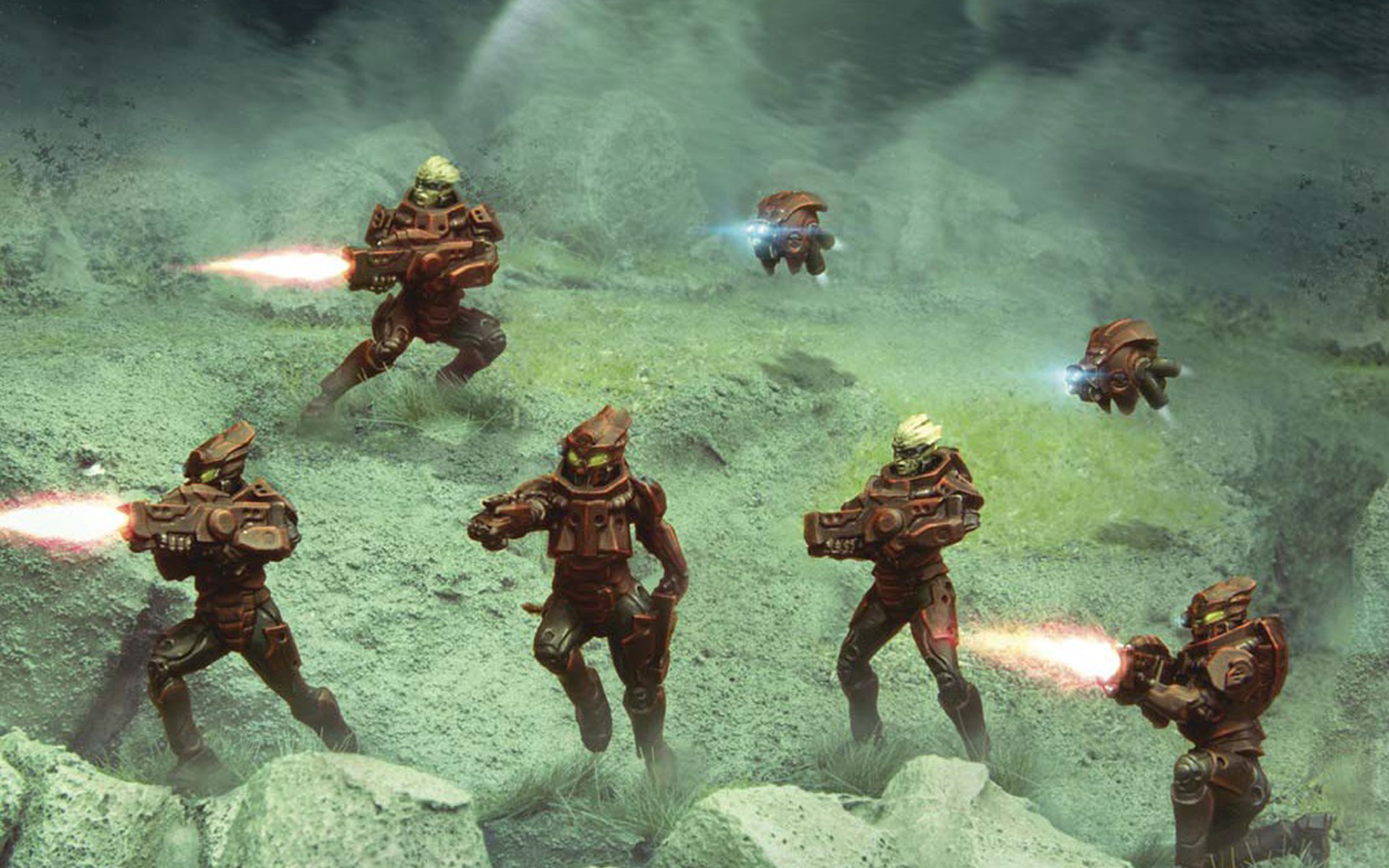
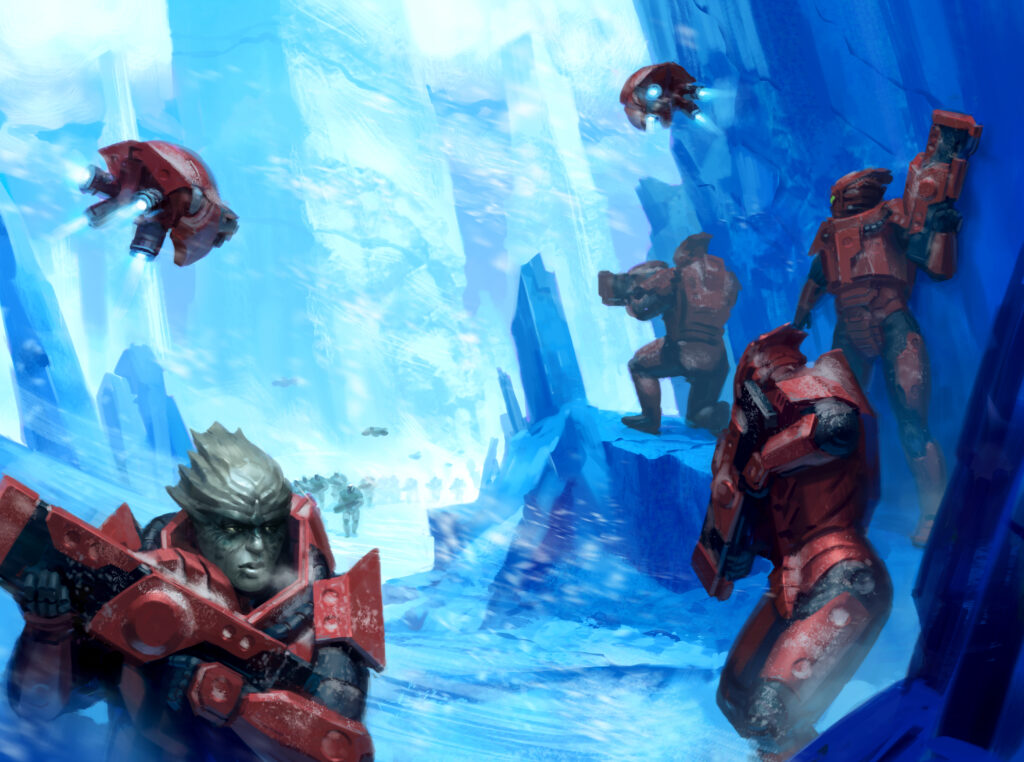
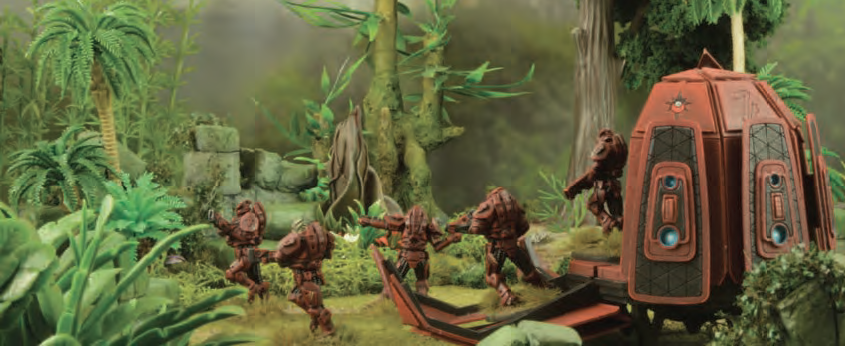

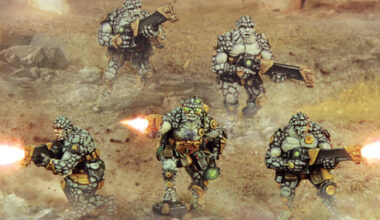
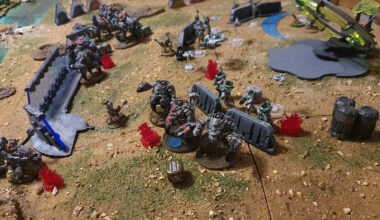
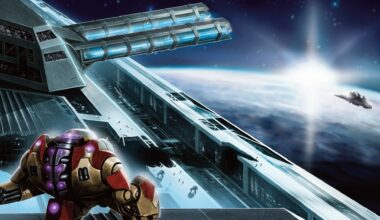
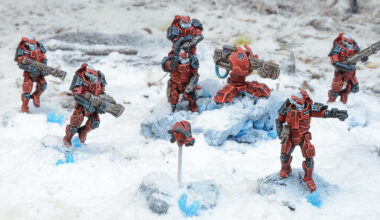

1 comment
Great stuff. It’s nice getting an insight into the thus-far mysterious Vorl.
Comments are closed.